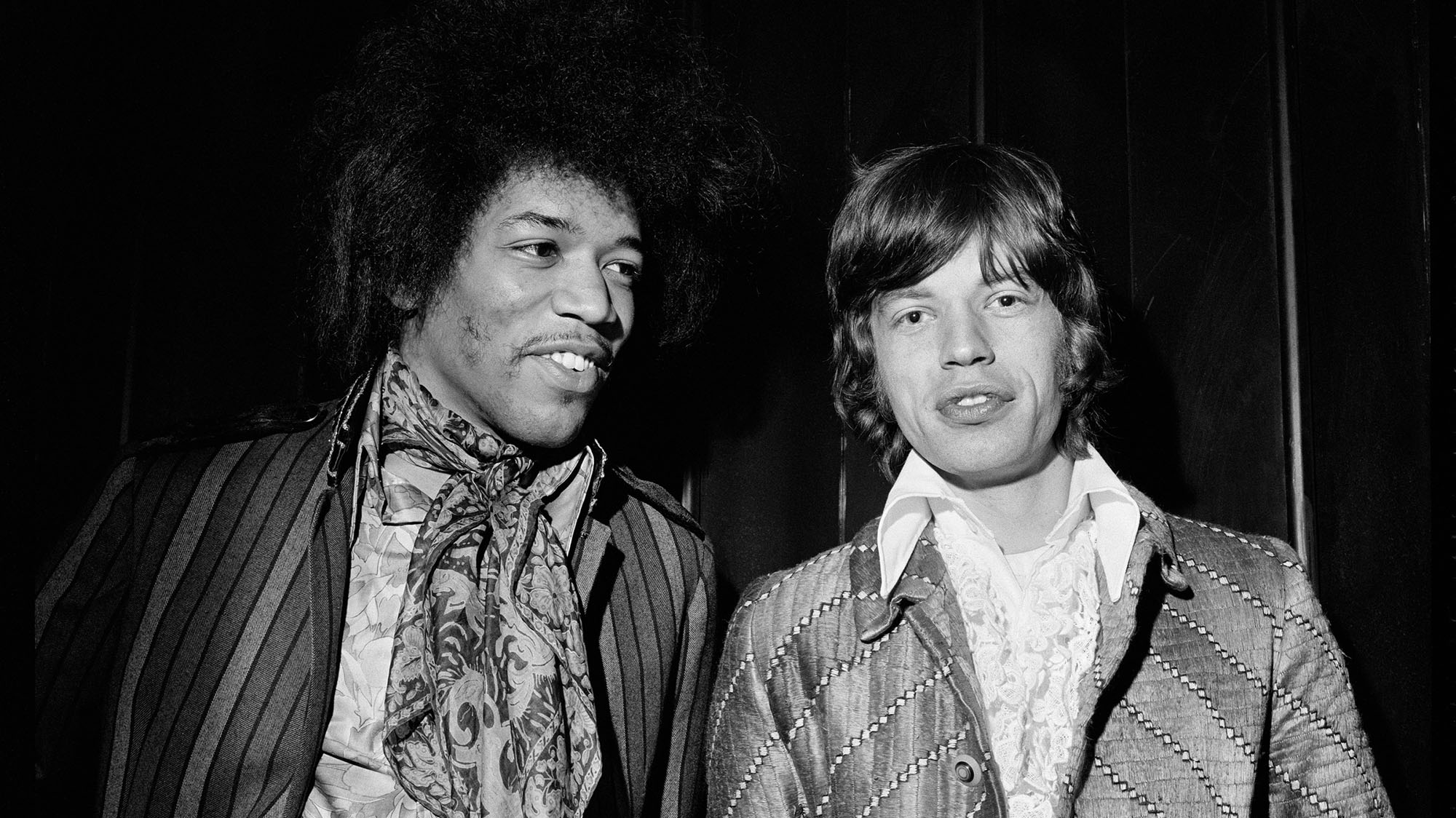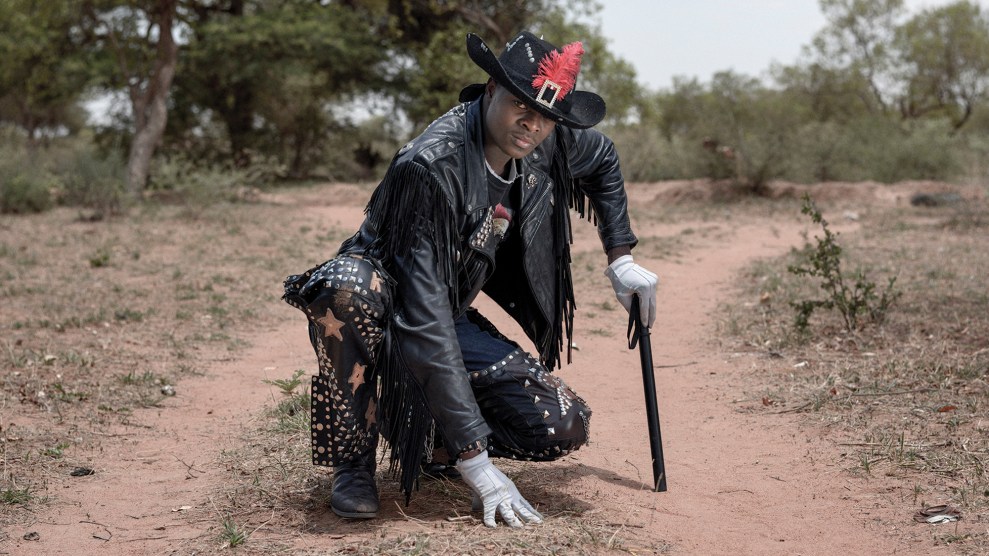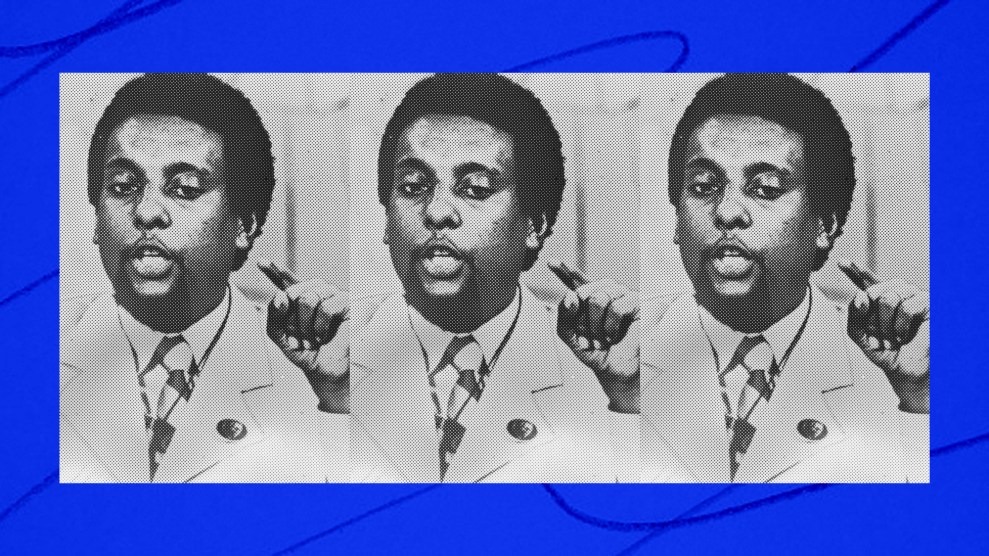My advice: This is the book to get that special person who loves both ’60s and ’70s rock and roll and photography—even if that special person is yourself. Gorgeously packaged in a case made to look like a box of Kodak photo paper, London Rock: the Unseen Archive is big and beautifully printed. It’s not too far off from looking at lovely 11 x 14 prints of these photos. And the photos! Holy smokes. Alec Byrne had access you just don’t get today. By shooting musicians on stage and hanging out after hours, this book gives a rare, raw look at the late ’60s and early ’70s UK rock scene.
Starting at 17, Byrne shot all the heavyweights from the era, first for the music magazine NME, working his way in with the Stones and the Beatles, as well as the Who. He shot a lot of early David Bowie and captured Jimi Hendrix in that magical moment when he was living in London. He got the Yardbirds, Cream, Zappa, Donovan, Cat Stevens, Eno T-Rex, Bob Marley, the Doors, and the Animals, among many others.
What’s amazing—and heartbreaking—is that Byrne lost thousands of negatives in a fire that ripped through his photo agency’s office in December 1970. Then, when Byrne moved to California in 1975, the shipping container with his archive suffered storm damage, ruining hundreds more negatives. Looking at the amazing photos in this book, it’s gut-wrenching to think of what was lost, even if Byrne says the “the cream of the collection” was left intact.
London Rock delivers the goods on big, beautiful photos of great rock musicians, but as a book it satisfies on multiple levels. Byrne’s introduction gives a good taste of what it was like photographing the London music scene at the time without getting overly self-indulgent, as tends to happen with books like this. Byrne photographed many seminal moments, including the funeral of the Rolling Stones’ Brian Jones, and he managed to get on the closed set of the film Performance, a feat he chalks up to just being 19: “There’s a fearlessness at that age—when you’re too young to know what’s possible and what isn’t—and I had it in spades.” Plus, at the back of the book, you’re treated to the contact sheets of the sessions from which many photos are taken. You get to see the outtakes, giving more context and, in some cases, seeing the full version of cropped photos.
In the afterword, as a way of explaining the long journey to publication, Byrne writes that following his move to California in ’75, he was “committed to starting this new life and looking forward.” The photos remained boxed for decades, just barely surviving the Northridge Earthquake in 1994 and otherwise languishing until photo editor Drew Evans cajoled Byrne into doing something with them. You get the feeling Byrne and Evans took great care in putting the book together. It’s an obvious labor of love.
For those interested in seeing the images live and in person, the Modern Rocks Gallery in Austin, Texas, will be hosting an exhibition from October 19 through the end of December.
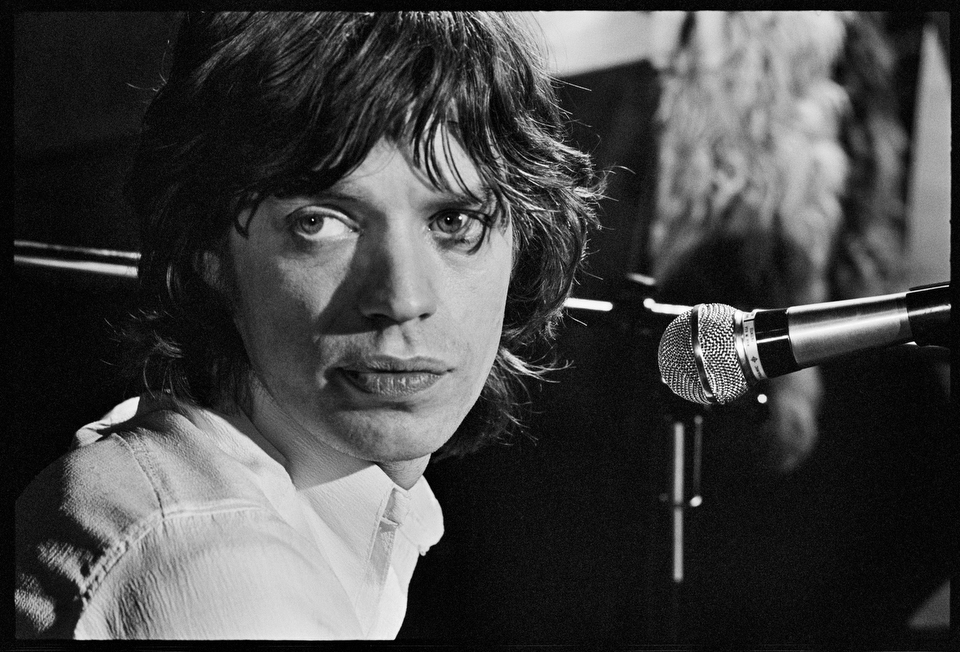
Mick Jagger, The Marquee, March 1971 www.uberarchives.com
Alec Byrne
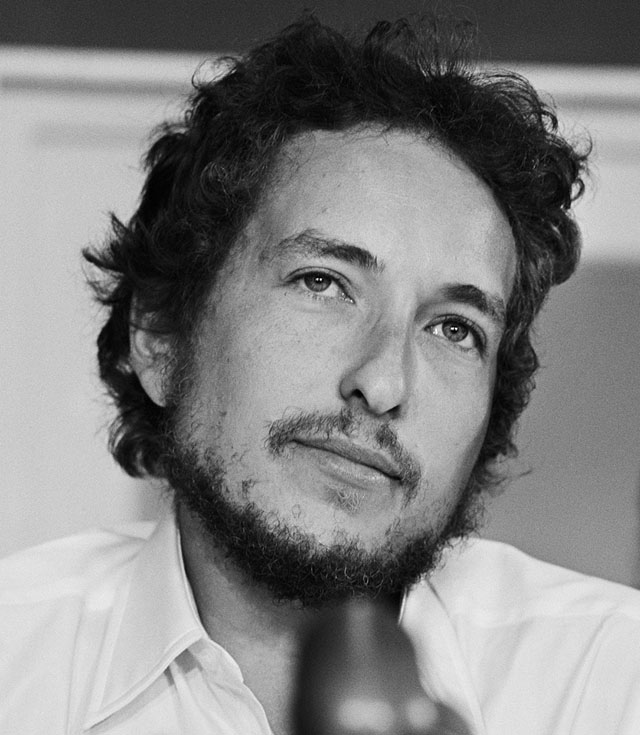
Bob Dylan, Isle of Wight Press Conference, August 1969
Alec Byrne
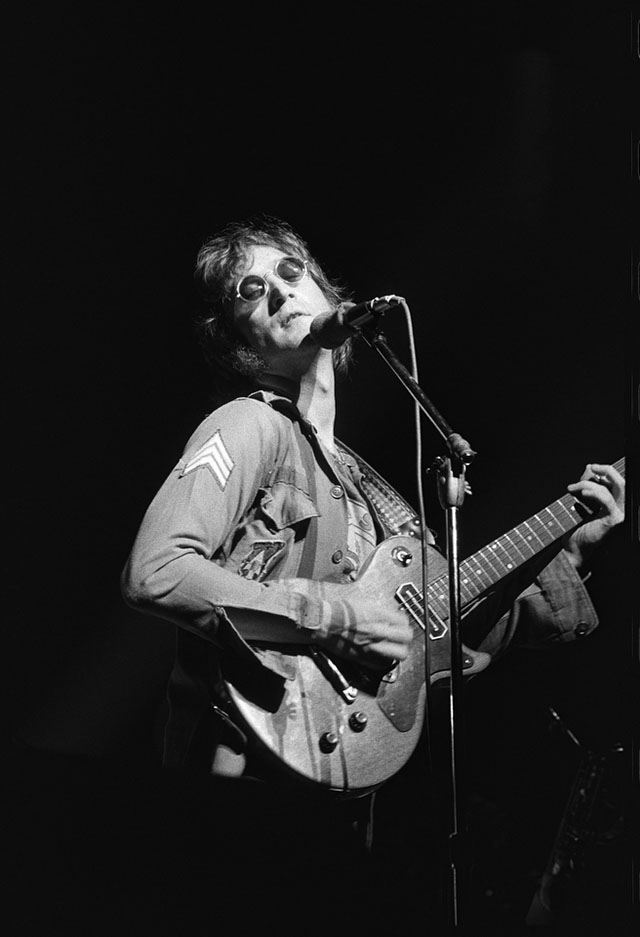
John Lennon, Madison Square Garden, August 1972
Alec Byrne
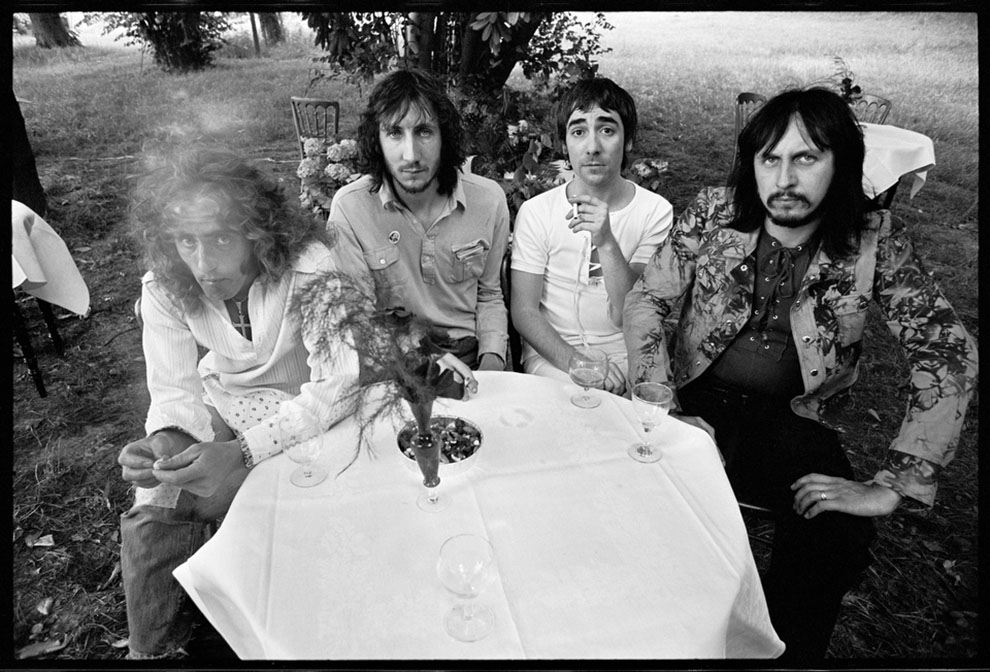
The Who, Keith Moon’s house, Who’s Next record release party, July 1971
Alec Byrne
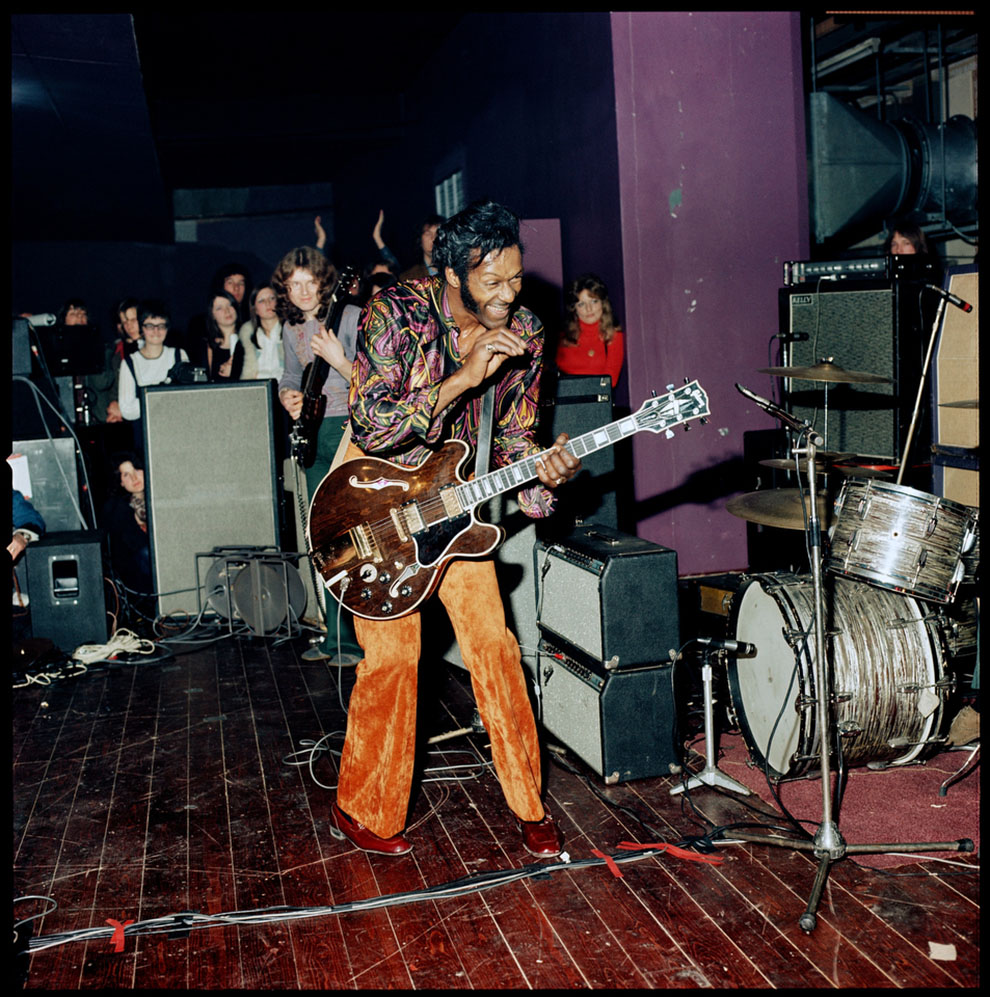
Chuck Berry, 1972
Alec Byrne
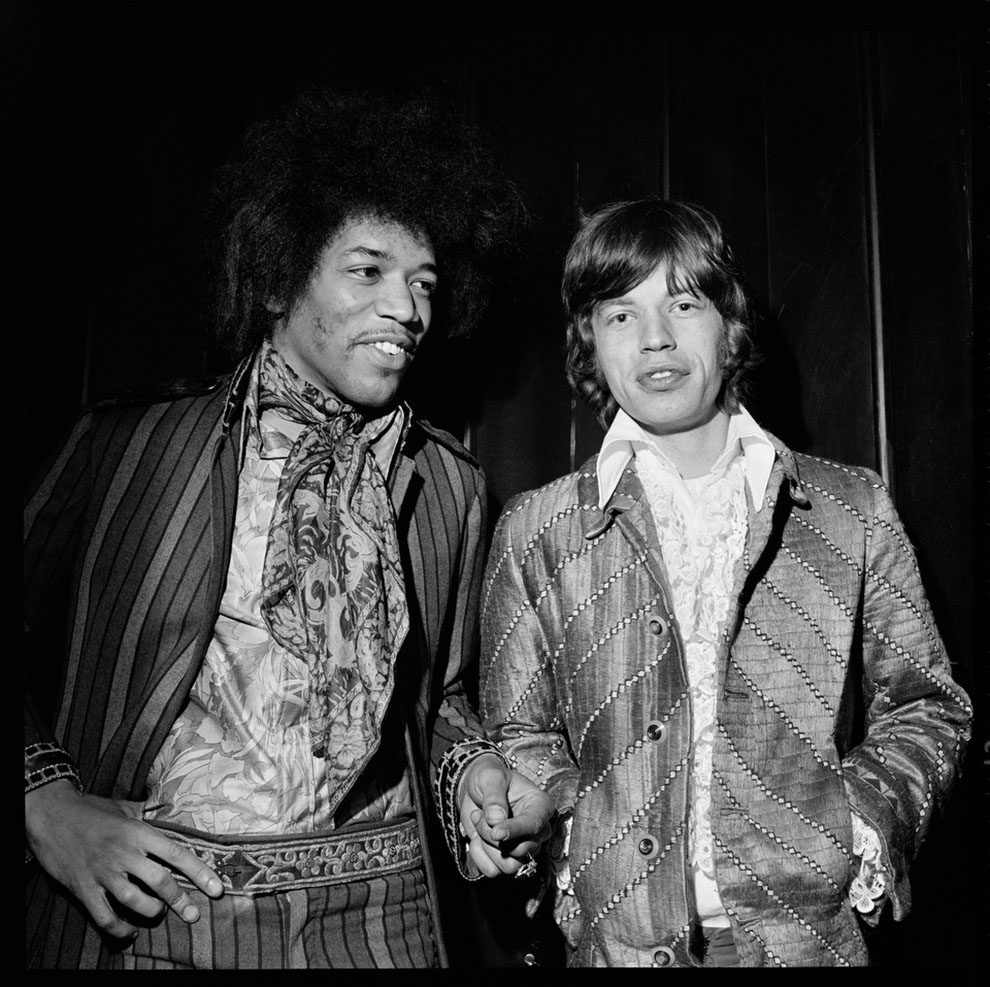
Jimi Hendrix and Mick Jagger, Top of the Pops, May 1967
Alec Byrne
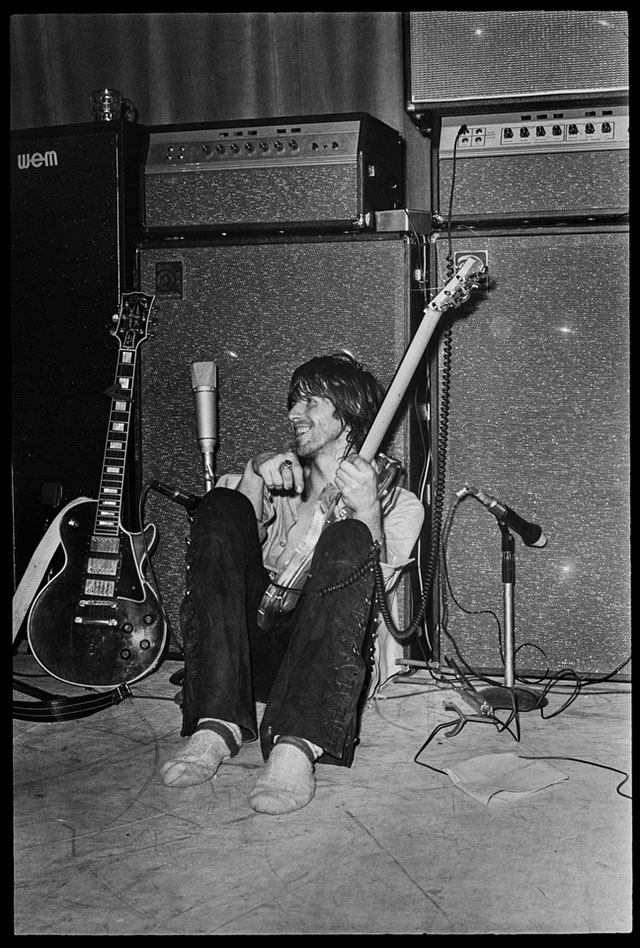
Keith Richards, The Marquee, March 1971
Alec Byrne
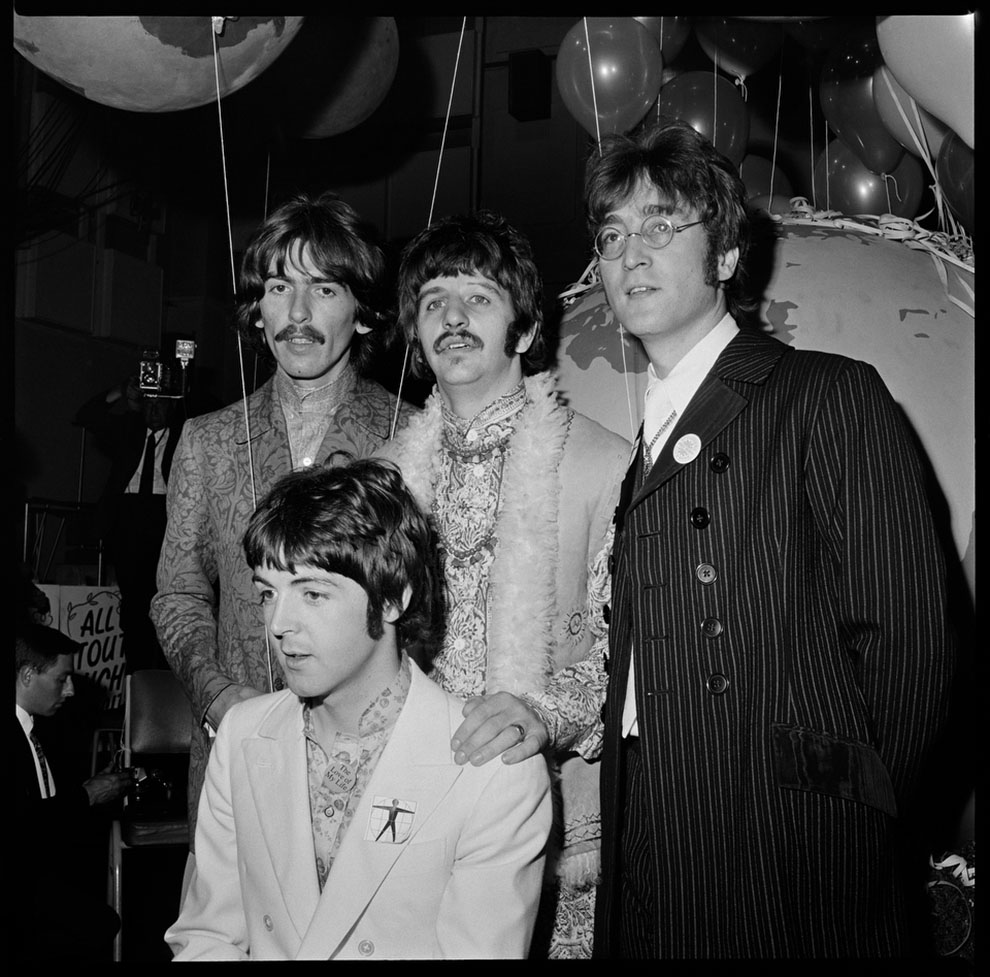
The Beatles, Our World Broadcast Press Call, June 1967
Alec Byrne
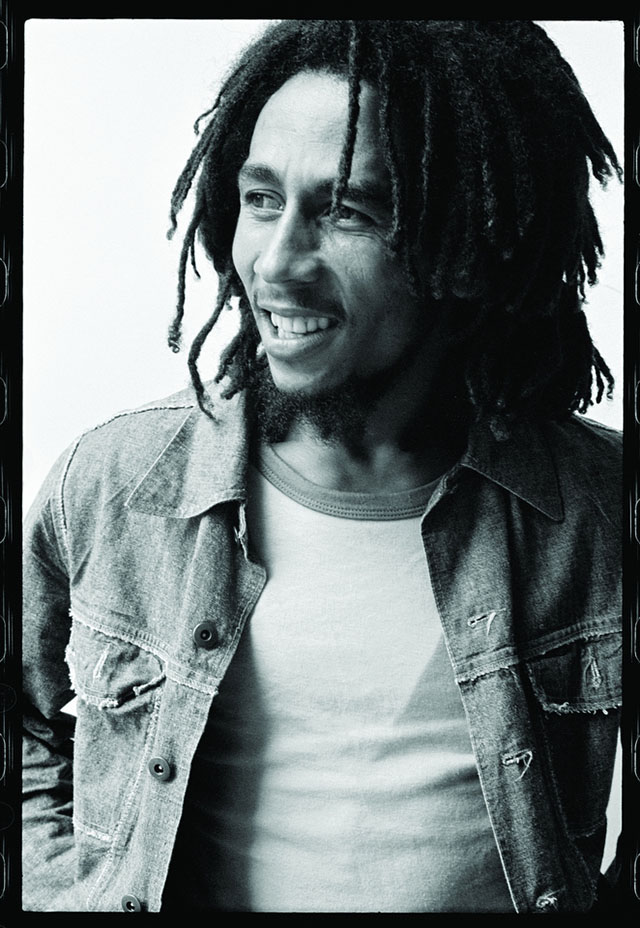
Bob Marley, Montcalm Hotel, July 1975
Alec Byrne
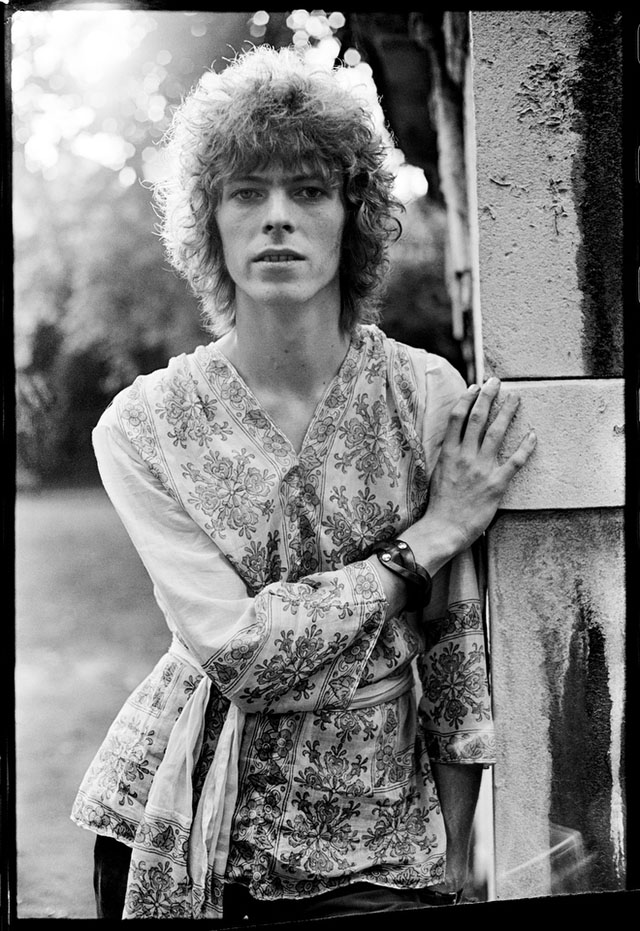
David Bowie, Beckenham Place Park, September 1969
Alec Byrne
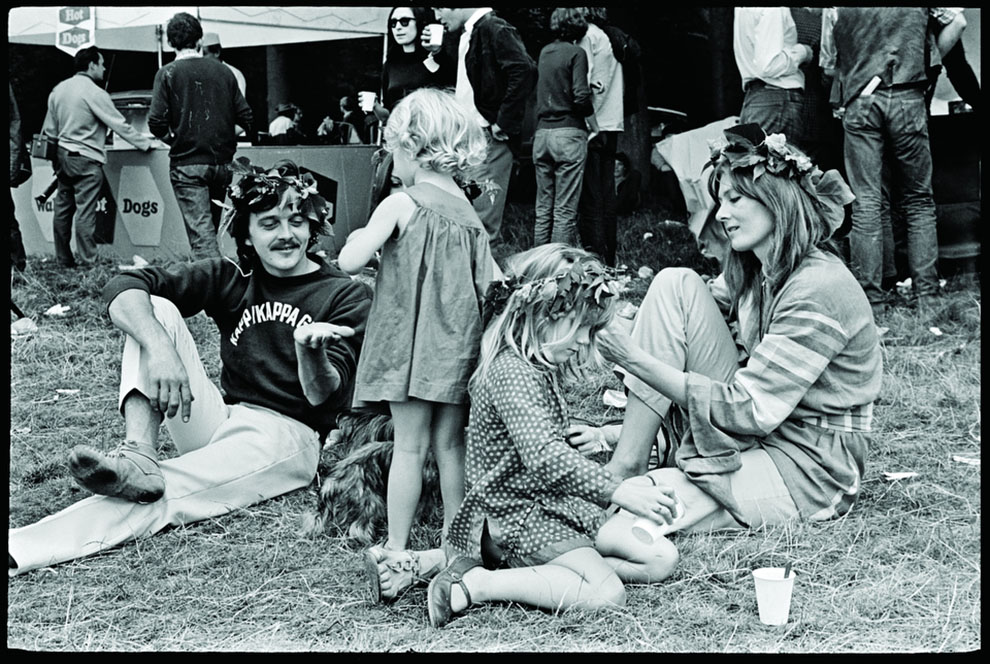
David Hemmings and Vanessa Redgrave, Festival of the Flower Children, August 1967
Alec Byrne
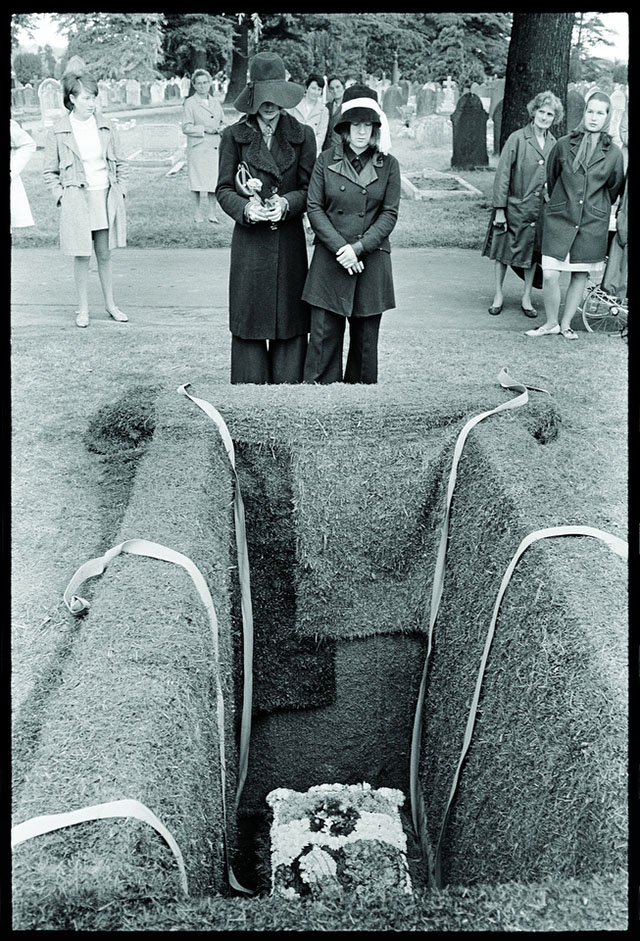
Brian Jones’ funeral, July 1969
Alec Byrne
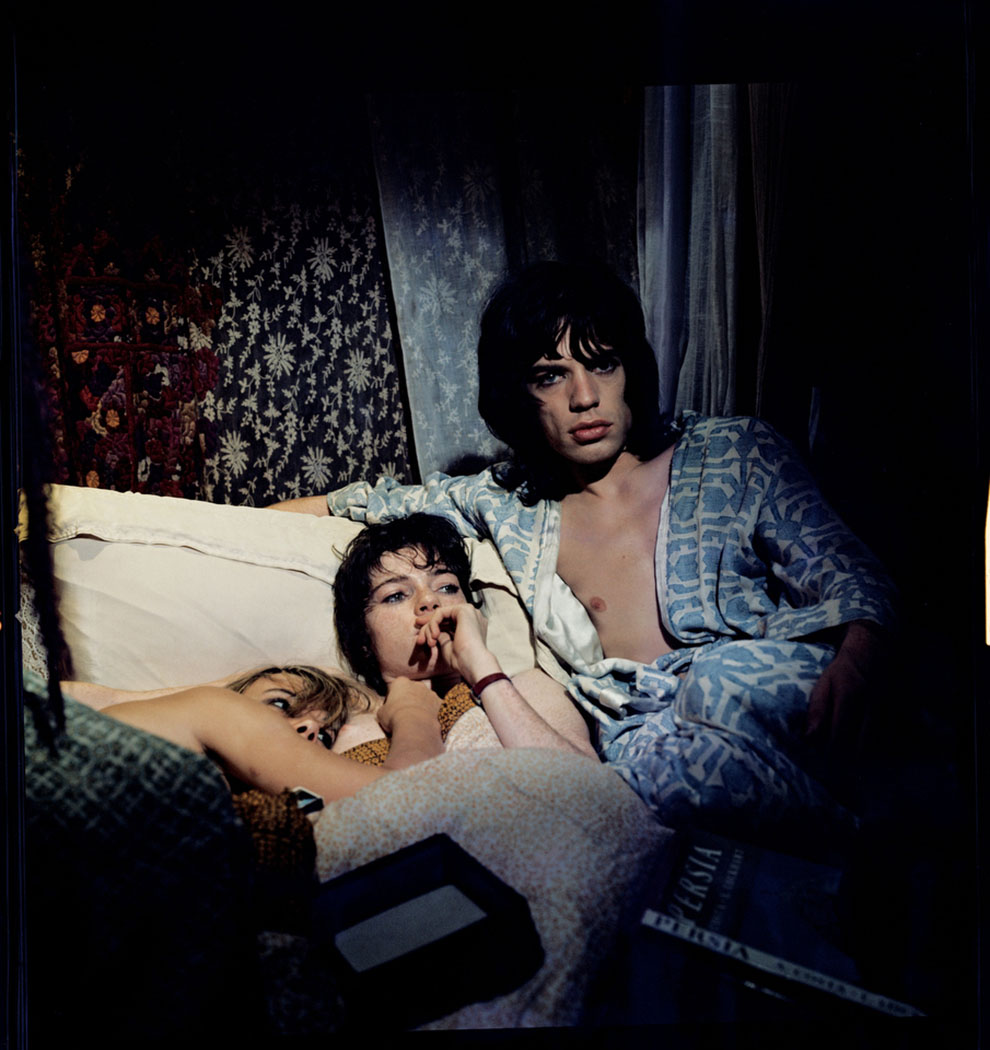
Anita Pallenberg, Michele Breton, and Mick Jagger on the set of Performance, 1968
Alec Byrne
